My Top Canadian Stocks to Buy for Outsized Gains in 2025
Key takeaways
Canadian stocks are trading at a discount relative to their US peers, making them attractive options.
The Canadian market is more rate sensitive, which should result in a boost due to falling interest rates.
As fixed income investments fall in yield, the attractiveness of Canadian dividend payers should increase.
3 stocks I like better than the ones on this list.I love the Canadian stock market. For all its talk about underperformance relative to the US markets, there are some stocks that have absolutely crushed it for many years.
The fact that I can scoop up similar companies at deeply discounted valuations relative to US peers allows me to spend my capital wisely. Many investors are abandoning the Canadian markets and flooding towards the United States as valuations sit at all time highs there, and rock-bottom lows here.
The fact you’re looking at this list today shows you understand that when Canadian stocks get cheap, it’s time to buy, not sell. Lets dig into 12 Canadian stocks I am bullish on moving forward.
What are the best stocks to buy in Canada?
Canada’s largest gold producer
Agnico Eagle Mines (TSE:AEM)
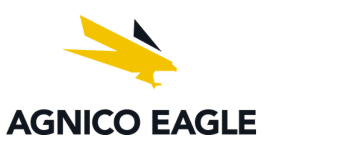
Agnico Eagle Mines is a gold miner with mines in Canada, Mexico, Finland, and Australia. It merged with Kirkland Lake Gold in 2022, acquiring the Detour Lake and Macassa mines in Canada along with the high-grade, low-cost Fosterville mine in Australia. It produced more than 3.4 million gold ounces in 2023 and had about 15 years of gold reserves at end 2023.
P/E: 25.0
5 Yr Revenue Growth: 27.1%
5 Yr Earnings Growth: 13.7%
5 Yr Dividend Growth: 23.8%
Yield: 1.4%
Canada’s fastest growing Big 6 Bank
National Bank (TSE:NA)
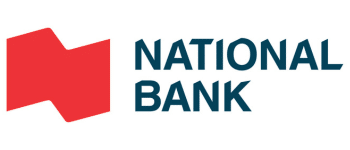
National Bank of Canada is the sixth-largest Canadian bank. The bank offers integrated financial services, primarily in the province of Quebec as well as the city of Toronto. Operational segments include personal and commercial banking, wealth management, and a financial markets group.
P/E: 11.9
5 Yr Revenue Growth: 9.3%
5 Yr Earnings Growth: 11.0%
5 Yr Dividend Growth: 10.2%
Yield: 3.5%
Canada’s most efficient life insurance company
Sunlife Financial (TSE:SLF)
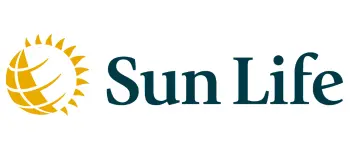
Sun Life provides life insurance, retirement, and asset management products to individuals and corporate customers in Canada, the United States, and Asia. The company’s investment management business contributes approximately 30% of its adjusted earnings. The Canada provides individual life and health insurance, group insurance, retirement services, and wealth management solutions. The U.S. business is mainly focused on providing group insurance products and managing the in-force life insurance policies. Finally, the Asia segment contributes around 13% of earnings.
P/E: 16.1
5 Yr Revenue Growth: -6.9%
5 Yr Earnings Growth: 3.0%
5 Yr Dividend Growth: 8.4%
Yield: 3.7%
Canada’s fastest growing telecom company
Telus (TSE:T)
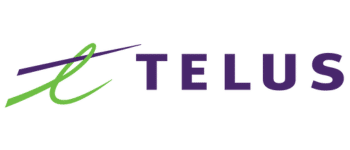
Telus is one of the Big Three wireless service providers in Canada, with over 10 million mobile phone subscribers nationwide constituting about 30% of the total market. It is dominant in the western Canadian provinces of British Columbia and Alberta, where it provides internet, television, and landline phone services. It also has a small wireline presence in eastern Quebec. Mostly because of recent acquisitions, more than 20% of Telus’ sales now come from nontelecom businesses, most notably in the international business services, health, security, and agriculture industries.
P/E: 28.0
5 Yr Revenue Growth: 6.7%
5 Yr Earnings Growth: -14.3%
5 Yr Dividend Growth: 6.7%
Yield: 7.1%
Canada’s most successful IPO
Shopify (TSE:SHOP)
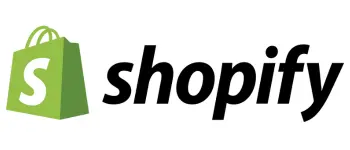
Shopify offers an e-commerce platform primarily to small and medium-size businesses. The firm has two segments. The subscription solutions segment allows Shopify merchants to conduct e-commerce on a variety of platforms, including the company’s website, physical stores, pop-up stores, kiosks, social networks (Facebook), and Amazon. The merchant solutions segment offers add-on products for the platform that facilitate e-commerce and include Shopify Payments, Shopify Shipping, and Shopify Capital.
P/E: 81.9
5 Yr Revenue Growth: 41.3%
5 Yr Earnings Growth: -%
5 Yr Dividend Growth: -%
Yield: -%
An up and coming small cap tech company with AI exposure
Hammond Power Solutions (TSE:HPS.A)
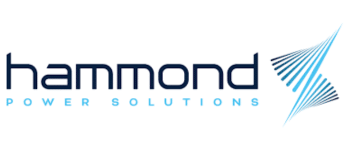
Hammond Power Solutions engages in the design and manufacturing of custom electrical magnetics, cast resin, custom liquid-filled distribution and power transformers, and standard electrical transformers, serving the electrical and electronic industries. The company has manufacturing plants in Canada, the United States, Mexico and India. It derives the majority revenue in the United States and Mexico.
P/E: 12.9
5 Yr Revenue Growth: 17.1%
5 Yr Earnings Growth: 43.4%
5 Yr Dividend Growth: 28.3%
Yield: 1.1%
North America’s leading logistics company
TFI International (TSE:TFII)
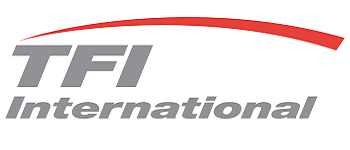
TFI International is a transportation and logistics company. The company has four segments: package and courier, less-than-truckload, truckload, and logistics. The package and courier segment picks up, transports, and delivers items across North America. The less-than-truckload segment transports smaller loads. The truckload segment transports goods by flatbed trucks, containers, or a more specialized service. The company provides general logistics services through the logistics segment. TFI International derives the majority of its revenue domestically, followed by the United States.
P/E: 19.1
5 Yr Revenue Growth: 16.6%
5 Yr Earnings Growth: 12.6%
5 Yr Dividend Growth: 17.3%
Yield: 2.0%
Canada’s largest sub-prime lender
Goeasy ltd (TSE:GSY)
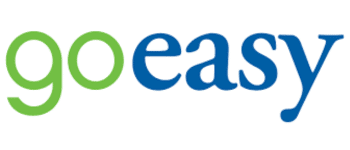
goeasy Ltd is a financial services company. The company provides loans and other financial services to consumers and leasing household products to consumers. The easyfinancial segment lends out capital in the form of unsecured and secured consumer loans to nonprime borrowers. easyfinancial’s product offering consists of unsecured and real estate-secured installment loans. The key revenue of the company is generated from easyfinancial.
P/E: 9.7
5 Yr Revenue Growth: 20.1%
5 Yr Earnings Growth: 31.3%
5 Yr Dividend Growth: 30.4%
Yield: 3.4%
Canada’s largest discount grocery company
Loblaw (TSE:L)
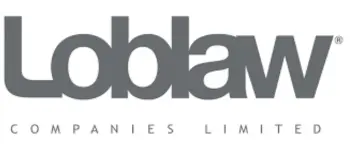
Loblaw is Canada’s largest retailer, operating 2,460 food retail and pharmacy stores across the country. Its main grocery banners include Loblaw, No Frills, and Maxi, and its pharmacy stores are mostly under the Shoppers Drug Mart banner, which it acquired in 2014. In addition to brand-name offerings, Loblaw offers private-label products under the President’s Choice and No Name brands. Beyond retail, Loblaw runs the PC Optimum loyalty program and also offers credit cards and insurance brokerage, which are collectively referred to as financial services.
P/E: 31.2
5 Yr Revenue Growth: 4.9%
5 Yr Earnings Growth: 19.2%
5 Yr Dividend Growth: 9.9%
Yield: 0.9%
Canada’s best discount store operator
Dollarama (TSE:DOL)
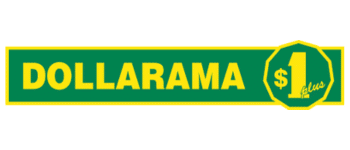
Dollarama operates discount retail stores. The company provides a broad range of everyday consumer products, general merchandise, and seasonal items both in-store and online. General merchandise and consumer products account for the majority of the company’s product offerings. The company’s stores are throughout Canada, generally located in metropolitan areas, midsize cities, and small towns. All the stores are owned and operated by the company.
P/E: 41.4
5 Yr Revenue Growth: 11.1%
5 Yr Earnings Growth: 18.5%
5 Yr Dividend Growth: 15.9%
Yield: 0.2%
Canada’s most efficient oil producer
Canadian Natural Resources (TSE:CNQ)
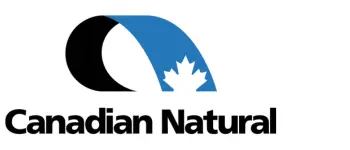
Canadian Natural Resources Ltd is an independent crude oil and natural gas exploration, development, and production company. The Company’s exploration and production operations are focused in North America, largely in Western Canada; the United Kingdom (UK) portion of the North Sea, and Cote d’Ivoire and South Africa in Offshore Africa. The Company’s exploration and production activities are conducted in three geographic segments: North America, the North Sea, and Offshore Africa.
P/E: 12.1
5 Yr Revenue Growth: 10.5%
5 Yr Earnings Growth: 4.0%
5 Yr Dividend Growth: 22.5%
Yield: 5.1%
Canada’s most powerful brand
Royal Bank of Canada (TSE:RY)

Royal Bank is a global enterprise with operations in Canada, the United States, and, as you’ll see the importance of later, 40 other countries. When it comes to international banking, there isn’t a bank with more exposure.
P/E: 14.5
5 Yr Revenue Growth: 4.2%
5 Yr Earnings Growth: 4.7%
5 Yr Dividend Growth: 6.1%
Yield: 3.2%



